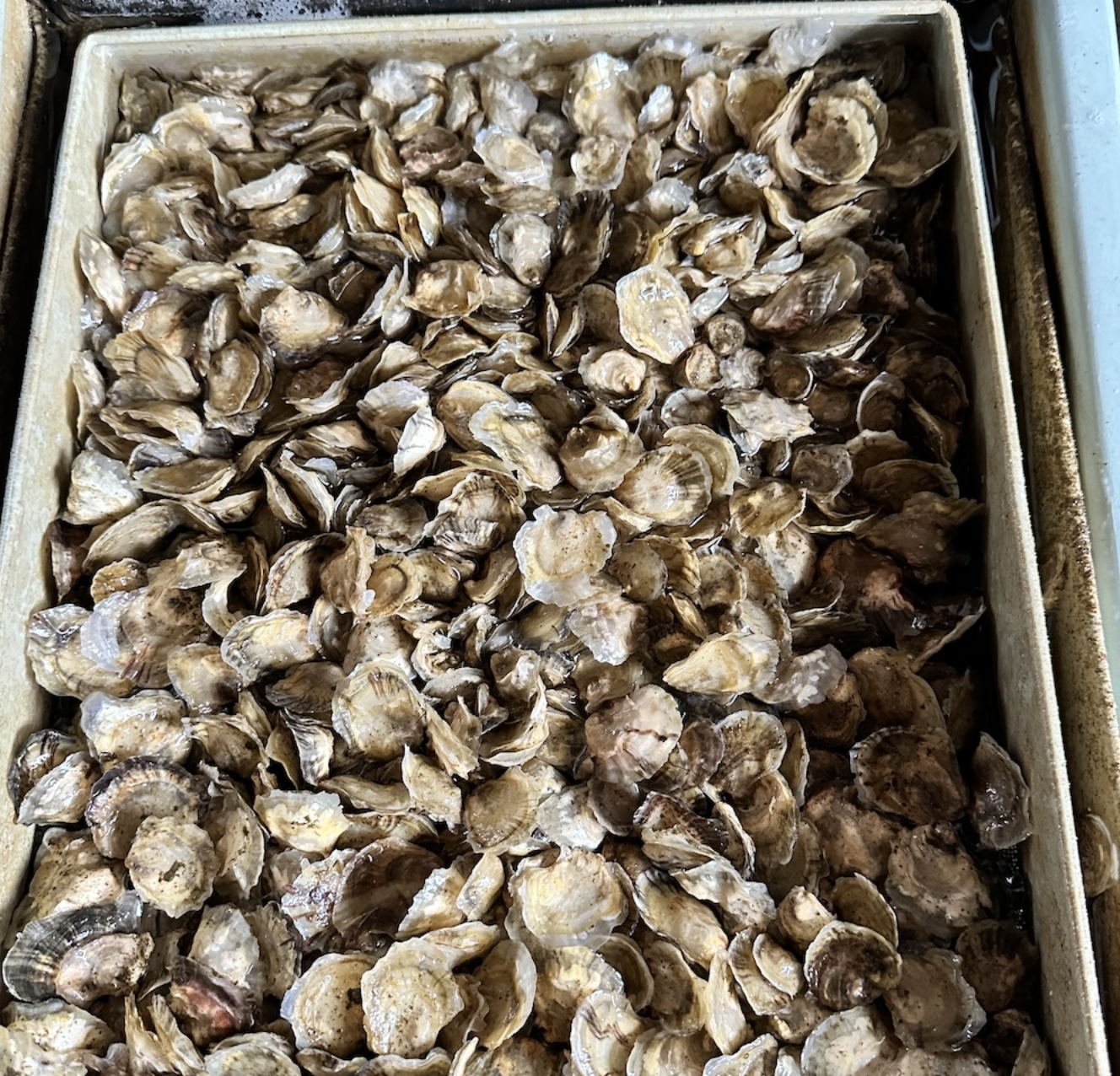On May 6, 2024, Dr. Ariana Huffmyer, an NSF Ocean Sciences Postdoctoral Fellow from the University of Rhode Island and University of Washington, shared insights from a field day at Point Whitney. This comprehensive post revealed the detailed process of managing and monitoring oyster growth and stress testing, providing a clear framework for hatchery management.
Overview of Field Day Activities The objective was to monitor the health and stress responses of oyster cohorts at the hatchery. Key activities included calibrating monitoring equipment, feeding the oysters, and assessing the impacts of temperature and freshwater stress.
Monitoring Equipment Calibration: Dr. Huffmyer set up and calibrated an Orion Star A325 probe to measure pH, temperature, and conductivity. By using buffers of varying pH and a conductivity solution, she ensured accurate measurements. The pH was measured on the NBS scale, considered sufficient since ocean acidification experiments weren’t being conducted.
Feeding Protocol: The oysters were pulse-fed, where approximately 1/3 of a 5-gallon bucket was distributed among the tanks. This ensured that the animals received sufficient nutrition.
Fluorometry and Physiochemical Measurements: Fluorometry measurements were conducted before and after feeding, providing data on oyster metabolic activity. Additionally, pH, temperature, and conductivity were measured across different tanks, offering valuable weekly insights into water quality.
Stress Testing Regimen: Dr. Huffmyer conducted a 30-minute stress test for specific oyster cohorts using freshwater and elevated temperature exposures. Animals were subjected to 25°C temperature and freshwater immersion, replicating environmental stressors they might face. Trays were labeled and organized by stressor type.
Growth Characterization: Size measurements were taken using a waterproof digital caliper. Cohorts were categorized based on their respective stressors, creating a comprehensive understanding of their growth patterns.
Ploidy Testing Preparations: A selection of oysters from different cohorts was collected for ploidy testing to distinguish between diploid and triploid oysters. They were stored in mesh bags, and the testing results would provide critical information for future breeding programs.

Takeaways for Hatchery Science Dr. Huffmyer’s systematic approach highlights the significance of precise monitoring and stress testing in hatchery science. Understanding oyster resilience to environmental stressors is crucial for aquaculture sustainability. Her work at Point Whitney offers a detailed protocol that could be replicated or adapted by other researchers to monitor and improve hatchery operations.
The future of hatchery management will depend heavily on such frameworks, where real-time data collection and analysis enable researchers to respond promptly to environmental changes.